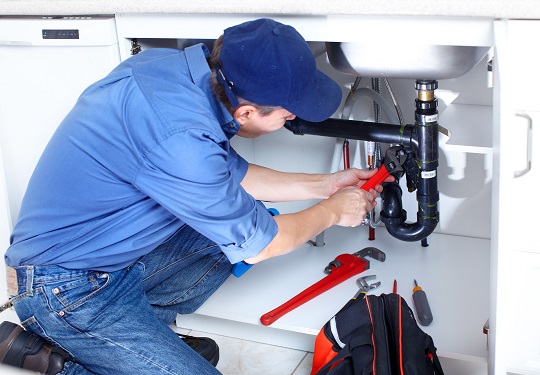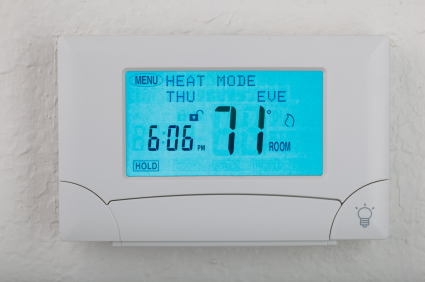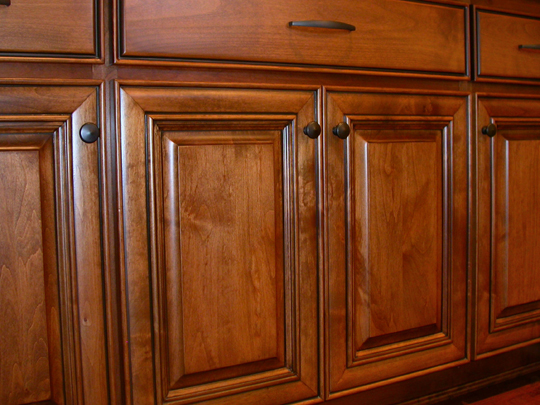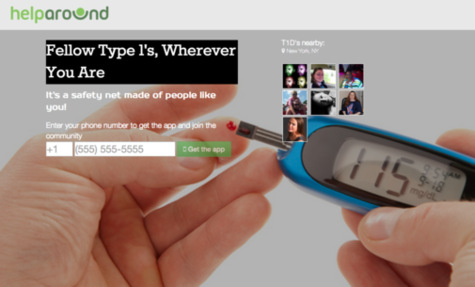That guy you mercilessly turned down back in grade school just showed up at your door with a dozen yellow roses and a limousine, saying he’s been waiting for this day his whole life. He remembers that fateful promise like it was yesterday. He asked you out to see The Matrix Reloaded, and you said “Sure! When heck freezes over.” And now, well… you’ve seen Chicago lately. So, he rented out the old theater for a private viewing and has come to pick you up. Yes, you have a husband and family, but you– you… promised.
When the expectations you’ve built your life on shatter, the pressure can bring you to the breaking point. The same goes for your home and, more specifically, the pipes in your home. Extreme cold can freeze over your water pipes, causing them to burst.
Freezing and Bursting Pipes
Pipes burst when heat transference causes water to freeze and expand. The temperatures under which that is likely to happen vary based on factors such as wind speed and home insulation, but it becomes a possibility at as high as 20 degrees Fahrenheit.
Unfortunately, if the impact of the polar vortex was something you’d never predict, then it’s probably something you hadn’t prepared your home for. This unpreparedness increases winter related plumbing hazards.
Fortunately, preventing burst pipes- even in the coldest of weather- is simply a matter of addressing insulation and heating problems, and maybe making small changes to your routine during times of extremely low temperatures.
Mediating Risk Factors
Walls, insulation, and foundations all work as a buffer against the cold air and wind threatening the pipes in a home. Cracked, punctured, or missing walls, as well as inadequate wall and pipe insulation increase the efficiency of heat-loss and the likelihood that water inside a pipe will freeze.
To protect water pipes, homeowners should…
– Fit pipes with insulation sleeves. These can be as much as 1 to 2 inches thick.
– Seal cracks and fill holes in outward facing walls and foundations using caulk
– Consider rerouting water pipes through the home’s interior where there is less cold air exposure – away from attics and other low-temperature zones.
No amount of insulation can entirely eradicate all degrees of heat-loss from a pipe itself. In the absence of a heat source to combat long-enduring chill, pipes are bound to freeze eventually.
To warm pipes, rather than merely conserve some heat, homeowners should…
– If an extended extreme chill is expected during a vacation absence, program the thermostat to bring the home to room temperature at least once daily or include doing so on the to-do list of a trusted home-sitter.
– Open kitchen and bathroom cabinets to prevent them from insulating pipes against indoor heating. And. consider using a plug-in night-light for the bathroom to avoid banging legs against cabinet doors.
Discovering Frozen or Busted Pipes
An easy way to recognize a frozen pipe clogged with ice is slow or not running water. If caught early, there may still be a chance to prevent a leak. Take the following steps:
1. Use a hot blow-dryer to warm the pipe and melt the ice inside.
2. After melting the ice, check for moisture on pipe surface
3. Then…
– If no water leakage forms, let one or two faucets drip lightly until the area surrounding the pipe is warmer or more sustainable steps can be taken.
– If the outside of the pipe is wet then there is already a leak. Shut off the main water valve and contact a plumber.
And, whether you need home and pipe insulation or a leaky pipe fixed, Seva Call can help. To hear from a matching pro in minutes, just visit www.talklocal.com and enter your location, contact info, and a description of services need.
No stranger to extreme weather emergencies, the Seva Call team connected scores of people to snow removal professionals during 2011’s notorious East Coast storm, nicknamed Snowmaggedon, so they can surely help you too.











